1. Roaming cats still hunt even when well fed
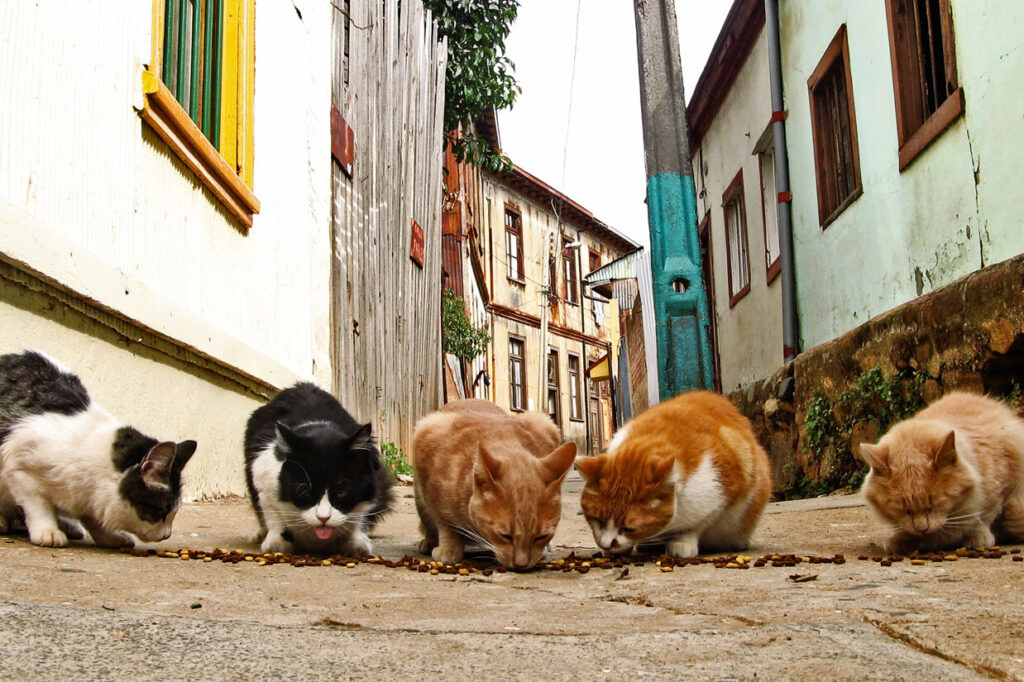
It helps to see outdoor cats not just as pets but as part of a bigger puzzle of safety and wildlife. Even with food at home, stepping outside awakens their hunting instinct. They stalk birds, lizards, or small mammals because it is fun and stimulating, not just about hunger. Owners often assume that if no prey is brought home, nothing was harmed, but that is far from the truth. Much of the hunting goes unseen. If you care about your cat and the creatures around, it is safer to assume hunting happens whenever freedom is given.
2. Backyard birds are already stressed, cats add another hit
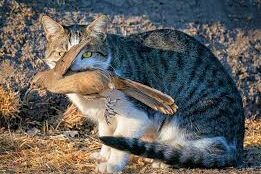
Songbirds in neighborhoods deal with enough pressure from windows, pesticides, and reduced nesting spaces. Adding a skilled hunter like a cat to that mix makes survival even harder. When nests fail, insect numbers often rise, and that leads homeowners to use harsher chemicals in gardens. A simple choice to let one cat roam can quietly shift how the entire block’s ecosystem balances. The feathers you do not see tell the story more than the ones that show up on porches. Cats are beloved, but their outdoor presence can quietly reduce the very songs we all enjoy hearing.
3. Roaming increases disease and parasite exposure
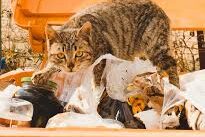
When cats wander outdoors, they cross paths with fleas, ticks, roundworms, and illnesses carried by other animals. Even drinking from puddles or sniffing around bins exposes them to germs their bodies are not ready for. Regular preventatives help, but they are not shields. One careless adventure can result in weeks of vet visits and costly treatments. Illnesses picked up outside can also pass into the household and affect other pets or people. The truth is simple: a cat that stays inside or under supervision lives longer and healthier, sparing both the owner and the pet unnecessary stress.
4. Cars and predators are non negotiable risks
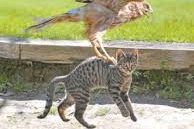
No matter how smart or careful a cat seems, cars are unpredictable and fast. Many outdoor cats never come home after collisions, and those that do often suffer serious injuries. Predators like coyotes, dogs, or even hawks can also attack when least expected. Collars and microchips help if a pet is lost but do not prevent accidents. Owners might believe their area is safe, but risks hide everywhere. If the same space feels unsafe for a toddler, it is no place for a cat. Preventing tragedy begins with avoiding situations that cats cannot understand or control.
5. Neighbor relations can sour fast

What feels harmless to one person may feel invasive to another. Cats that roam often end up scratching cars, digging up gardens, or startling dogs behind fences. Neighbors who enjoy bird feeders may grow upset when visiting cats hunt their visitors. Small problems can escalate into angry conversations, social media complaints, or even calls to animal control. What starts as frustration can become community rules against pets. Responsible owners think ahead, knowing that the charm of a wandering cat quickly fades when others feel burdened. Keeping cats close is not only safer but keeps peace with neighbors.
6. Bells are not a plan, mitigation must be layered
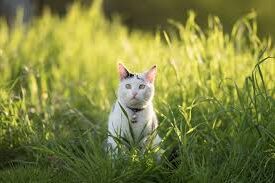
Attaching a bell to a collar is often seen as enough, but cats adapt and learn to move quietly. Bright collars may give birds a warning, but reptiles and mammals rarely benefit. A layered approach offers real protection. That could include specialized collars, keeping cats indoors at night, supervised outings, or even leash training. Owners who go further build enclosures or catios for safe playtime. No single method is perfect, but combined they give cats variety while reducing harm. A thoughtful plan shows that safety for pets and wildlife can coexist without one losing to the other.
7. Indoor cats need enrichment not pity
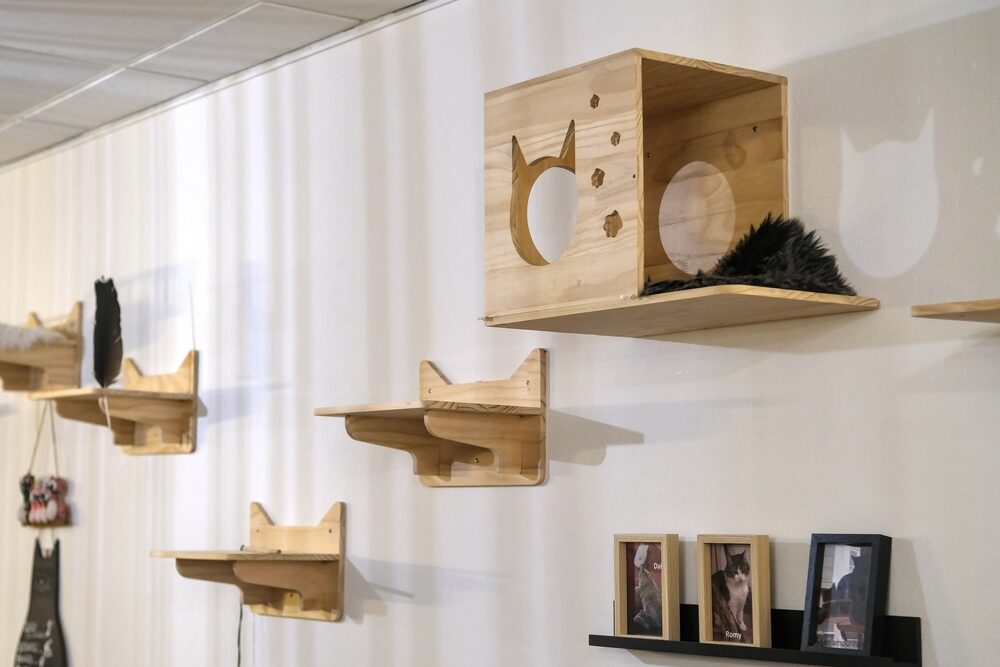
When cats scratch furniture or pace by doors, it often signals boredom, not a flaw in their personality. Life inside can be exciting with the right effort. Owners can add climbing shelves, puzzle feeders, scratching posts, and interactive play to keep them stimulated. Regular short play sessions mimic the chase and help burn energy. Even herbs like catnip can create new interest. A home designed with enrichment in mind makes cats calmer, healthier, and less likely to cause trouble. Rather than feeling sorry for indoor cats, give them a richer world inside, one they can truly enjoy.
8. TNR helps but hunting continues
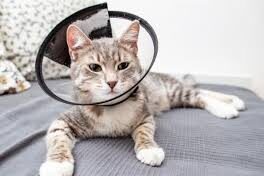
Trap Neuter Return programs are important for controlling feral cat populations and reducing behaviors like fighting or yowling. Neutered cats live healthier and communities see fewer strays multiplying. Yet while TNR slows growth, it does not remove the hunting instinct. Cats will still stalk birds or small animals even when no longer breeding. Stronger TNR programs often combine neutering with vaccinations, microchipping, and organized feeding stations to minimize risk. Compassion matters, but it should be balanced with awareness that sterilization alone cannot protect wildlife. True solutions come when population control and ecology are considered together in planning.
9. Public health matters toxoplasma and beyond
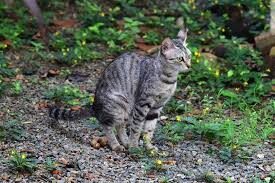
What cats leave behind outside matters more than most owners think. Cat feces can carry parasites like toxoplasma that spread into soil and water, affecting wildlife and even humans. Outdoor cats make this harder to manage because their waste cannot be collected or controlled. Keeping litter boxes indoors, scooping daily, and disposing properly greatly reduces risk. Roaming cats also complicate rabies prevention and other community health measures. These issues may feel invisible but small habits make the difference. Protecting public health starts at home, and responsible care helps both your cat and the wider community stay safe.
10. Leash and harness training is realistic
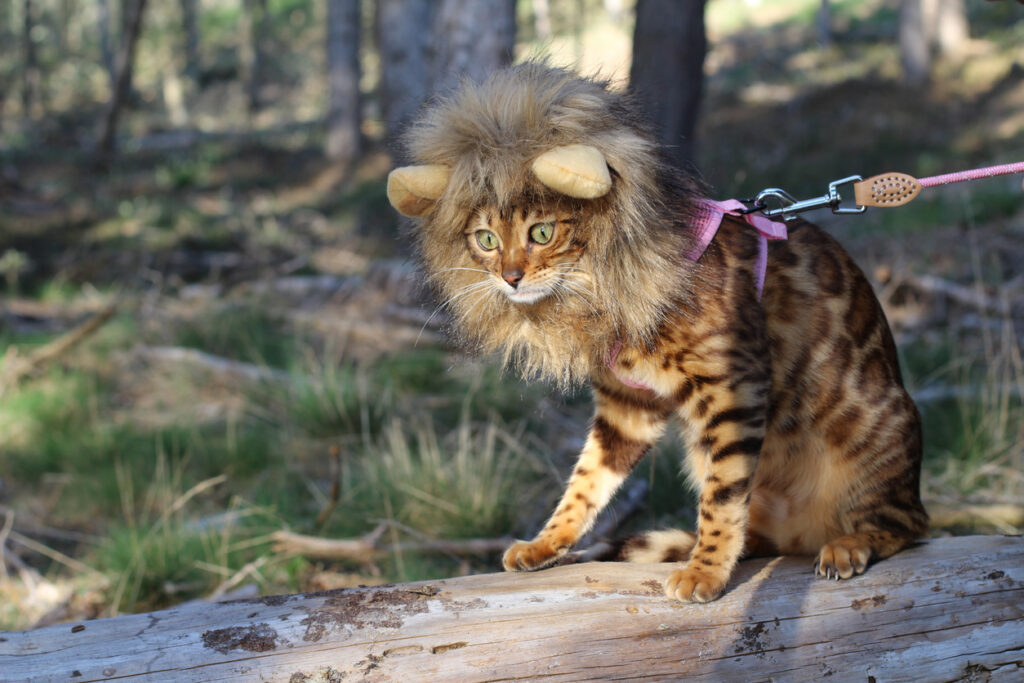
Leash training may sound unusual for cats, but many adapt surprisingly well. Begin indoors with a comfortable harness, rewarding calm behavior with treats. Short practice walks build confidence before moving into a safe yard or quiet space. For cats that resist, alternatives like backpacks or strollers still provide outdoor views without danger. The point is not distance or exercise but stimulation and safe variety. Just a few minutes of supervised outdoor time can satisfy curiosity. Owners who commit to leash training offer their pets sunshine and fresh air without gambling with their safety or the neighborhood wildlife.
11. Catios convert sunshine into safe enrichment
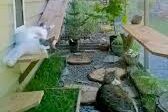
Catios are enclosed spaces that allow cats to enjoy the outdoors without the risks. They can be as simple as a screened window box or as elaborate as a backyard lounge. Inside, cats can climb ramps, scratch posts, or nibble cat grass while still watching birds and bugs. Owners often find catios reduce destructive behavior indoors since cats have a safe outlet for energy. They also prevent accidents, disease, and unwanted hunting. Whether built from scratch or bought as a kit, a catio provides the joy of the outdoors while maintaining harmony with neighbors and protecting local wildlife.
12. If outdoor time is non negotiable reduce harm on purpose
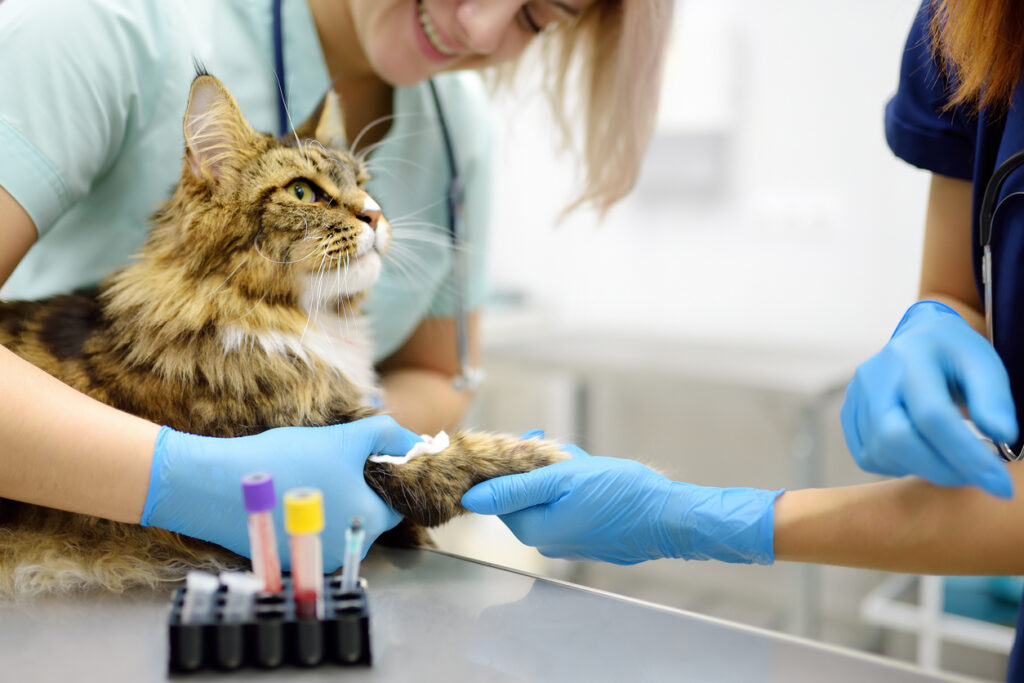
For some families, outdoor access remains a choice. If that is the case, reducing risks on purpose becomes essential. Spaying or neutering, vaccinations, and microchips should be non negotiable. Bright collars with ID tags help with visibility and quick returns. Keeping cats inside during dawn and dusk lowers hunting chances. Daily play sessions and puzzle feeders indoors use up hunting energy. Regular parasite prevention should never lapse. The truth is outdoor freedom will always carry risks, but managed freedom is far safer than complete roaming. Responsible compromise protects the cat, the neighborhood, and the world outside.
This story The Outdoor Cat Dilemma: 12 Things Every Owner Should Know was first published on Daily FETCH


